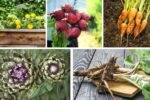Gardening is often associated with familiar fruit trees like apples, oranges, or berries. However, there’s a fascinating world of unusual shrubs that not only bring aesthetic appeal to your garden but also produce edible fruits. These plants can add exotic beauty, unusual textures, and interesting flavors to your outdoor space, making them a delightful addition for gardeners who want something out of the ordinary.
In this guide, we’ll explore five unusual shrubs that produce edible fruits, along with tips on how to grow them successfully in your home garden.
1. Goji Berry (Lycium barbarum)
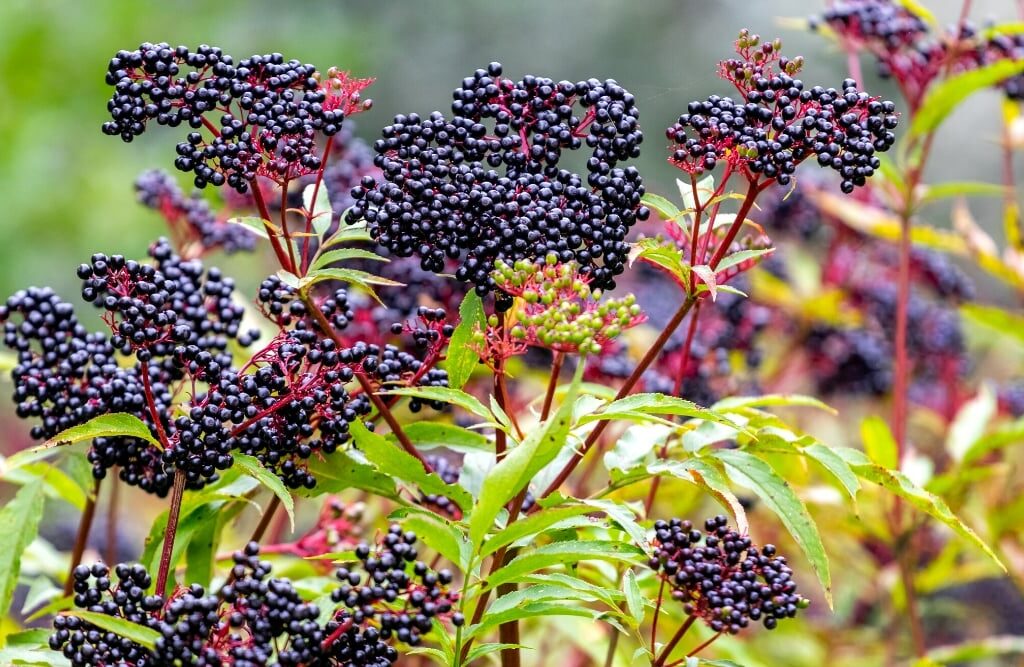
Goji berries, sometimes called wolfberries, are small, bright red fruits packed with antioxidants. While they are increasingly popular in health foods, they are still considered unusual in many home gardens.
Beauty Factor:
- Goji shrubs have slender, arching branches and narrow green leaves that produce delicate purple flowers in summer.
- The vibrant red berries contrast beautifully against the green foliage, creating an attractive display.
Growing Tips:
- Light: Full sun is ideal for optimal fruit production.
- Soil: Well-draining soil with moderate fertility. Goji berries tolerate poor soils but perform best in slightly sandy soil.
- Watering: Regular watering is essential during dry spells, but avoid waterlogged soil.
- Pruning: Trim back old branches to encourage new growth and better fruit production.
Harvest and Use:
- Fruits are ready in late summer to early autumn.
- Eat fresh, dry them for tea, or add them to smoothies, desserts, and trail mixes.
Goji berries are hardy, attractive, and incredibly nutritious, making them an excellent choice for unusual edible shrubs.
2. Jostaberry (Ribes × nidigrolaria)

The jostaberry is a hybrid between blackcurrants and gooseberries, creating a shrub that produces large, dark purple-black berries with a tart-sweet flavor. It is unusual due to its hybrid origin and limited availability in typical garden centers.
Beauty Factor:
- Jostaberry shrubs have dense, green foliage that provides excellent coverage in gardens.
- During spring, small clusters of white flowers appear before turning into clusters of dark berries.
Growing Tips:
- Light: Prefers full sun but tolerates partial shade.
- Soil: Fertile, well-drained soil with consistent moisture.
- Watering: Keep soil evenly moist, especially during fruiting.
- Pruning: Remove older branches to improve air circulation and encourage new growth.
Harvest and Use:
- Berries are usually harvested in mid-summer.
- They are perfect for jams, jellies, pies, or fresh eating.
Jostaberries are unusual not only for their hybrid nature but also for their productivity and rich flavor.
3. Pineberry (Fragaria × ananassa)
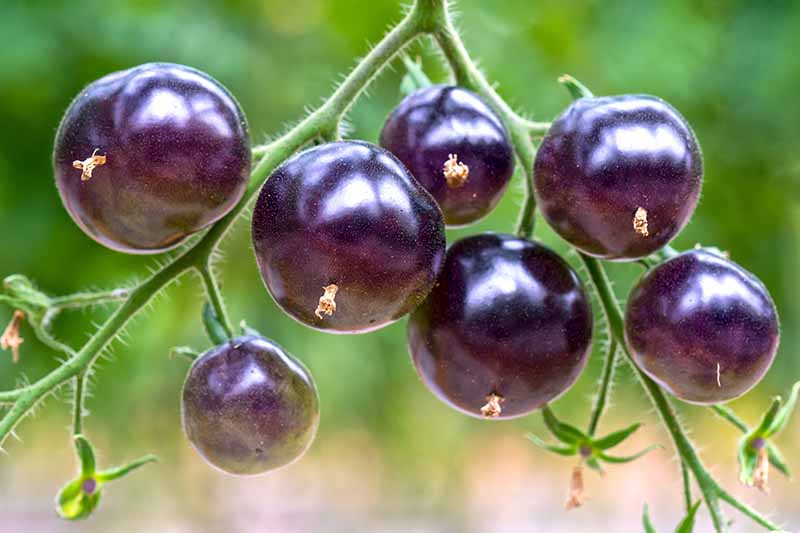
Pineberries are white strawberries with red seeds and a subtle pineapple-like flavor. They are an eye-catching and rare addition to any garden.
Beauty Factor:
- Pineberry plants produce lush green leaves and delicate white flowers.
- The pale fruit is unique, making it a visual centerpiece in vegetable beds or containers.
Growing Tips:
- Light: Full sun is essential for fruit ripening.
- Soil: Well-draining, fertile soil enriched with organic matter.
- Watering: Keep soil consistently moist but avoid waterlogging.
- Spacing: Plant about 12 inches apart to ensure good air circulation.
Harvest and Use:
- Fruits ripen in late spring to early summer.
- Eat fresh, use in desserts, or add to salads for a unique flavor.
Pineberries combine ornamental charm with rare edible appeal, making them perfect for gardeners who want a conversation starter in their garden.
4. Medlar (Mespilus germanica)
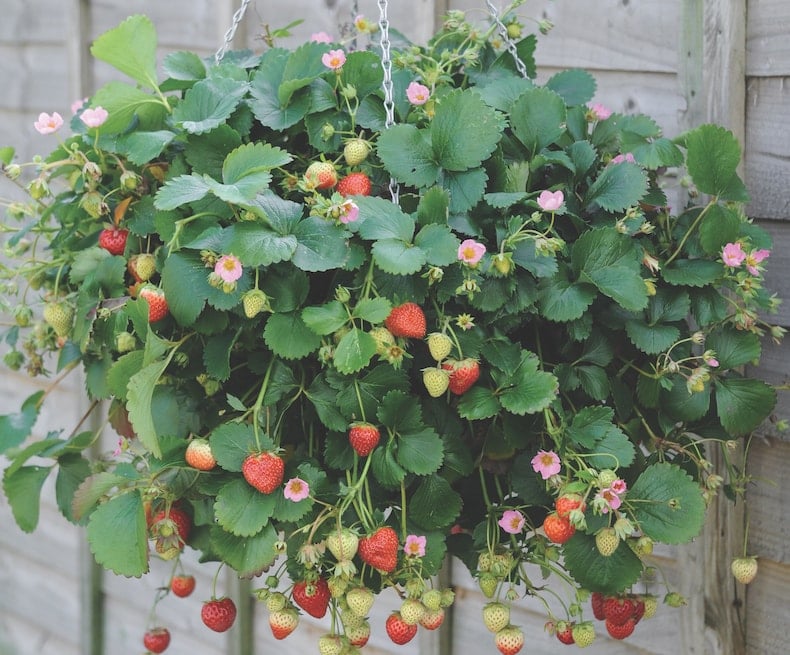
Medlar is an ancient fruit-bearing shrub that produces small, brown fruits that taste sweet and tangy once bletted (softened after harvest). Though not commonly grown today, it is highly unusual and historically significant.
Beauty Factor:
- The shrub has glossy, dark green leaves and produces creamy white flowers in spring.
- Fruits hang decoratively until they ripen in late autumn.
Growing Tips:
- Light: Full sun to partial shade.
- Soil: Prefers fertile, well-drained soil.
- Watering: Regular watering during dry periods, particularly when young.
- Pruning: Remove dead or crossing branches to maintain shape and airflow.
Harvest and Use:
- Fruits are harvested in late autumn and must be bletted (softened at room temperature) to become edible.
- Use in jams, jellies, or as a baked dessert ingredient.
Medlar is a conversation piece for any garden and offers a unique taste that’s different from everyday fruits.
5. Serviceberry (Amelanchier spp.)
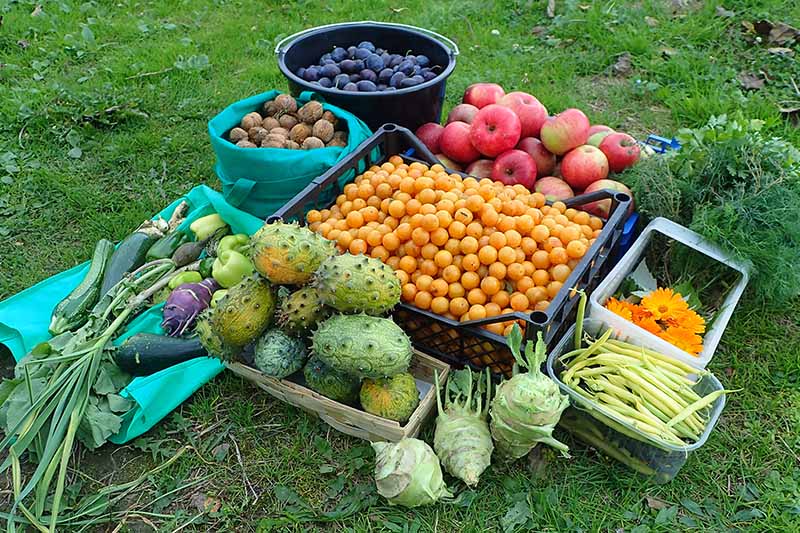
Serviceberries are deciduous shrubs that produce small, dark purple to blue berries. They are native to North America and Europe but are less commonly grown in home gardens, making them unusual yet attractive and productive.
Beauty Factor:
- Serviceberries offer striking four-season appeal: white spring flowers, blue-purple summer berries, brilliant autumn foliage, and sculptural winter branches.
- Their small fruits are clustered, creating a beautiful contrast with the leaves.
Growing Tips:
- Light: Full sun is ideal, though they tolerate partial shade.
- Soil: Well-draining soil with moderate fertility.
- Watering: Regular watering during dry spells.
- Pruning: Prune after fruiting to maintain shape and encourage healthy growth.
Harvest and Use:
- Berries are ready in early summer.
- Eat fresh, bake in pies, or use for jams and smoothies.
Serviceberries are not only edible but also provide year-round visual appeal, making them a perfect choice for edible landscaping.
Designing Your Garden with Unusual Fruit Shrubs
Incorporating these unusual edible shrubs into your garden requires a balance of aesthetics and functionality:
- Layered Planting: Use taller shrubs like goji berries or medlars as a backdrop and shorter shrubs like pineberries in the foreground.
- Companion Planting: Combine with herbs or flowering plants for a productive and beautiful edible landscape.
- Container Gardening: Some shrubs, like pineberries, thrive in containers and can be moved for optimal sun exposure.
- Pollinator Friendly: Many of these shrubs produce flowers that attract bees, butterflies, and other beneficial insects.
By mixing unusual edible shrubs with ornamental plants, you can create a garden that feeds both the eyes and the body.
Final Thoughts
Unusual shrubs that bear edible fruits are a fantastic way to diversify your garden. Plants like goji berries, jostaberries, pineberries, medlars, and serviceberries offer a combination of visual interest, exotic appeal, and nutritional benefits. They allow gardeners to grow both food and beauty, transforming ordinary garden spaces into extraordinary landscapes.
Whether you’re a beginner or an experienced gardener, integrating these unusual shrubs adds unique textures, vibrant colors, and intriguing flavors to your home garden. With proper care—considering sunlight, soil, water, and pruning—these shrubs can thrive, providing both delicious harvests and ornamental charm for years to come.



